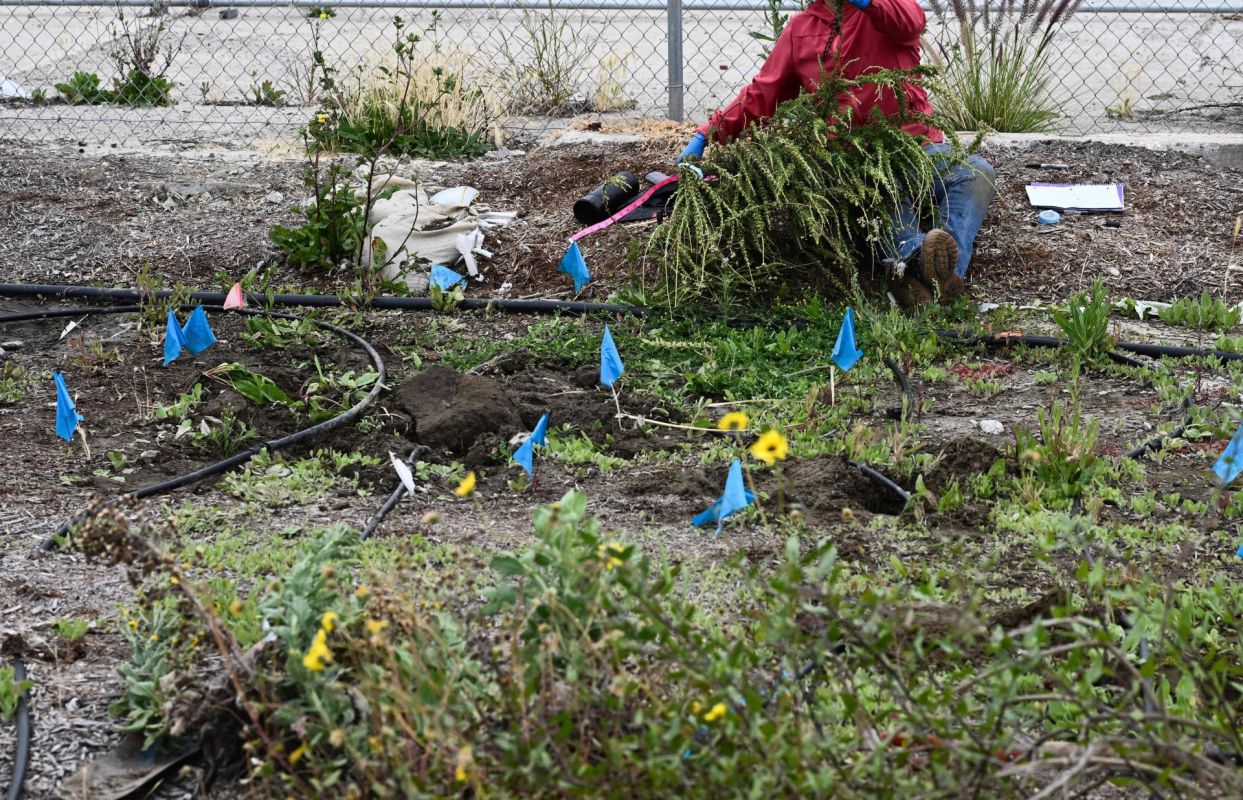Every year, polluted industrial sites are abandoned by the companies that created them, leaving communities to oversee the cleanup of dangerous pollution. Cleanup of these sites requires time, money, and resources that communities often don't have at their disposal. Researchers in California studying bioremediation are hoping to change that.
What is bioremediation?
Bioremediation uses bacteria, plants, and fungi to break down pollutants. Researchers at the University of California Riverside (UCR) are conducting an experiment to test the abilities of bioremediation. At three former industrial sites in Los Angeles, the researchers scattered plants and fungi over the soil, which is polluted with heavy metals and chemicals from fossil fuels called petrochemicals.
Microorganisms in plants — such as bacteria and fungi — break down these pollutants by using them as an energy source. What is hazardous to us is food to many microorganisms. As study leader Danielle Stevenson put it, the plants are "solar powered vacuum cleaners: They basically suck up the metals, like lead, into their bodies. When we pull out the plants, we've removed the lead from the soil."
Oyster mushrooms, for example, can feed on diesel. Stevenson told Phys.org, "Those same fungi that in nature would eat a dead tree will also recognize diesel oil, for example, as a food source. The reason is, it's basically the same thing. A lot of our fossil fuels are just dead stuff that got compressed over long periods of time."
Plants native to California, like telegraph weed, California buckwheat, and the California bush sunflower, are also being used in the study.
Why is bioremediation important?
Traditionally, polluted soil is simply dug up and moved elsewhere. This is an "out of sight, out of mind" approach — the pollution isn't actually gone; it's just moved somewhere where it will affect fewer people. Even then, the contaminated land can affect human health.
One Florida study found that people living near contaminated sites were 6% more likely to get cancer than those who didn't live near polluted land, as USA Today reported in 2017.
This approach is not only ineffective but costly, as well.
Bioremediation, on the other hand, actually removes harmful chemicals and metals from the soil. Stevenson told Phys.org, "In three months, we had a 50% reduction of the petrochemicals and then in six months, we were getting pretty close [to that level] with some of the metals."
On top of that, bioremediation is cheaper. UCR's study, which covers three contaminated sites, will cost around $200,000.
With thousands of contaminated sites across the U.S., bioremediation provides a long-lasting solution to the problem of extreme pollution.
Join our free newsletter for weekly updates on the coolest innovations improving our lives and saving our planet.









